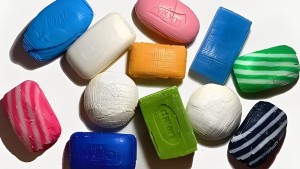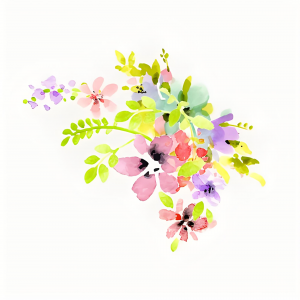
How to Color Handmade Soap Naturally: A Comprehensive Guide to Botanical Ingredient Lists
Do you want to make colorful, beautiful, natural handmade soaps? Don't hesitate any longer! In this comprehensive guide, we'll explore the art of naturally coloring handmade soaps using botanical ingredients. We'll also provide you with a handy botanical ingredient list to help you get the perfect shade for your soap creations.
Why choose natural colors?
Before we delve into the details of natural soap coloring, let’s discuss why using plant-based ingredients to color handmade soap is an excellent choice. Natural colors not only add to the visual appeal of soap, they also provide a range of benefits. They are free of synthetic dyes and chemicals and are gentle and safe for skin. Additionally, natural pigments can give soap unique properties, such as soothing or exfoliating effects, depending on the plants used.
Learn about the color wheel
In order to effectively color handmade soaps using botanical ingredients, it's crucial to have a basic understanding of the color wheel. The color wheel is a valuable tool that can help you mix and match plant colors to create a variety of shades for your soap. By becoming familiar with primary, secondary, and tertiary colors, you can confidently try different plants to get the shade you want.
Plant ingredient list of soap coloring
Now, let’s explore a comprehensive chart of botanical ingredients that can be used to naturally color handmade soaps. This chart will serve as a handy reference as you embark on your soap making journey.
1. Alkanet Root Powder,beetroot powder,butterfly pea flower powder: Produces purple and blue hues.
2. Annatto Seed Powder,pumpkin powder,carrot powder: Produces shades ranging from yellow to orange.
3. Spirulina powder,spinach powder: makes the soap appear bright green.
4. Turmeric Powder: Creates a beautiful yellow hue.
5. Indigo Pink: Available in dark blue and green.
6. Madder Root Powder: Produces pink and red shades.
7. Paprika: Produces a warm reddish-orange hue.
8. Charcoal Powder: Add a bold black or gray color to your soap.
try combinations
One of the joys of natural soap coloring is being able to experiment with different plants and their combinations. By mixing a variety of botanical colors, you can create custom shades and unique patterns in your handmade soaps. For example, mixing turmeric and spirulina powder creates a lovely marbled effect, while combining annatto seeds and paprika creates a rich, earthy tone.
Secrets to Successful Soap Coloring
When adding botanicals to soap recipes, there are some basic tips to remember for successful coloring:
1. Use a light hand: Start with a small amount of plant powder and gradually increase as needed to achieve desired color intensity.
2. Infuse oils: To get vibrant colors from plant-based ingredients, consider infusing them into oils before adding them to your soap mixture.
3. Test batches: It’s always a good idea to conduct small test batches to see how plant pigments perform in a specific soap recipe.
4. Consider pH sensitivity: Some plant colors may be sensitive to changes in pH, so be aware of this when formulating your soap.
Incorporating natural botanical ingredients into handmade soaps not only adds visual appeal but also aligns with an overall skincare approach. By harnessing the power of plant pigments, you can create unique soaps that celebrate the beauty of nature while nourishing your skin.
In conclusion, the art of naturally coloring handmade soaps with botanical ingredients offers endless possibilities for creativity. Armed with knowledge of the color wheel, a comprehensive list of botanical ingredients, and essential tips for successful coloring, you're ready to begin your soap-making adventure. Embrace the beauty of natural colors and unleash your creativity to create stunning plant-based soaps that are both visually appealing and gentle on the skin. Happy soap coloring!

Post time: Mar-18-2024

